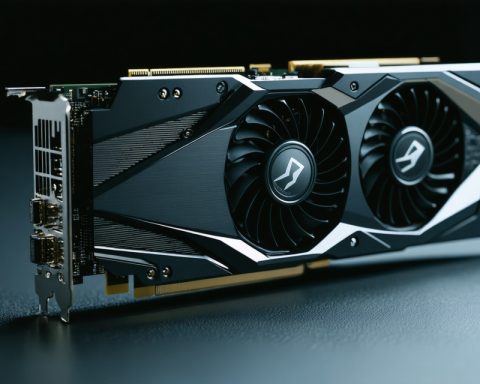Parallel Computing
Parallel computing is a type of computation in which many calculations or processes are carried out simultaneously. It leverages multiple processors or computers working together on a common problem, allowing for faster processing and efficiency, particularly for tasks that can be broken down into smaller, independent subtasks. In parallel computing, tasks are distributed across multiple processing units—known as cores, nodes, or processors—to be executed in parallel rather than sequentially. This approach is particularly effective for large-scale computations, such as scientific simulations, data analysis, and complex problem-solving efforts that would take impractically long to perform on a single processor. The main goal of parallel computing is to enhance computational speed, improve resource utilization, and increase overall performance in processing large datasets or executing complex algorithms.







